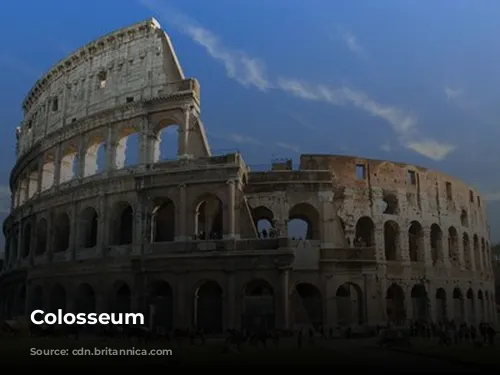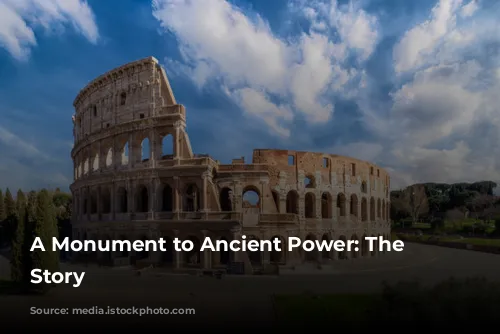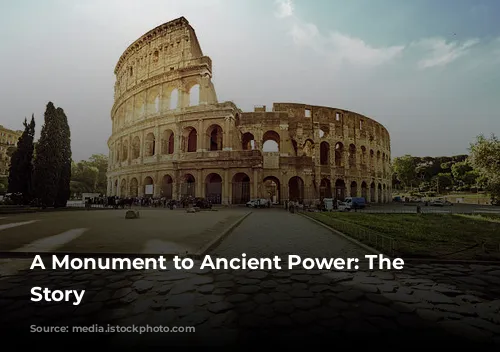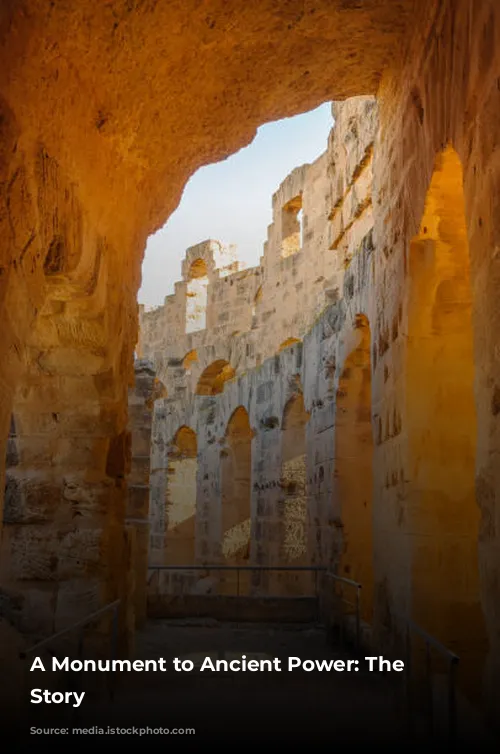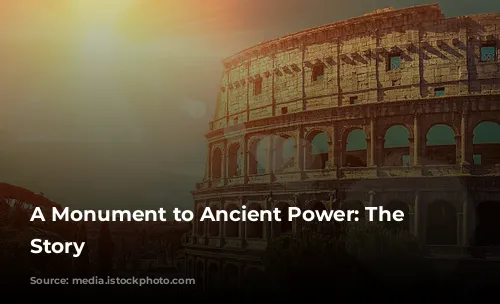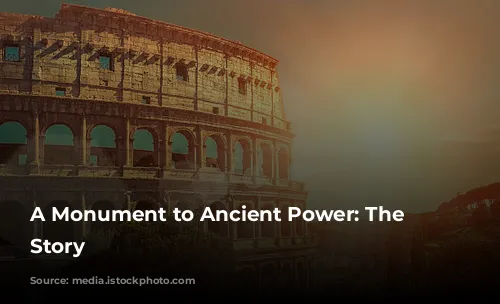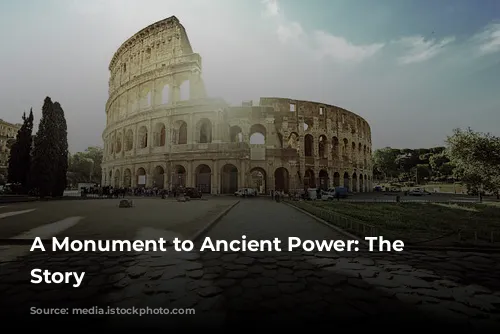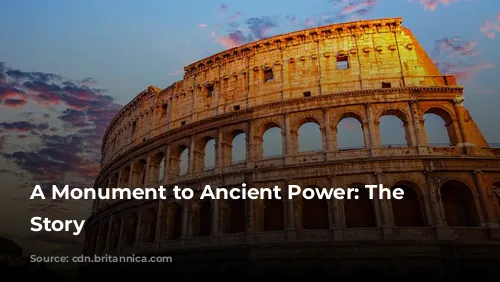Imagine standing in the shadow of a massive structure, a testament to the skill and might of a bygone era. This is the Colosseum, one of the most iconic landmarks in the world and a symbol of ancient Rome’s architectural and engineering prowess. Its imposing presence continues to captivate visitors from all corners of the globe, making it one of the most popular tourist destinations in Italy.
A Source of Revenue and History
The Colosseum, along with the Roman Forum and Palatine Hill, rakes in millions of dollars annually, showcasing the enduring appeal of Roman history and the power of ancient ruins. This impressive structure stands as a reminder of a time when Rome was the center of a vast empire, and its architectural mastery still resonates with awe.
A Journey Through Time: From Glory to Neglect and Restoration
The Colosseum’s journey has been as dramatic as the spectacles it once hosted. After the fall of the Western Roman Empire, the once-mighty amphitheater fell into a state of disrepair. It was repurposed as a fortress by powerful Roman families and later used as a quarry, its once-glorious stones plundered for other projects.
The Colosseum’s decline mirrored the fading grandeur of the Roman Empire. For centuries, it was left to decay, forgotten by time and neglected by the very city it once defined. Fortunately, in the 1990s, state-funded restoration efforts began to breathe new life into this historic landmark.
A Stage for Spectacles: From Gladiators to Naval Battles
The Colosseum’s construction was a testament to the ambition of Roman emperors Vespasian and Titus. It was conceived as a symbol of imperial power, meant to entertain the masses with thrilling gladiatorial contests, hunts, and even mock naval battles. This magnificent arena was intended to be the heart of Roman entertainment, a place where the people could witness the spectacle and grandeur of their empire.
The Colosseum was more than just a building; it was a stage for the dramas of ancient Rome. It witnessed the bravery of gladiators, the ferocity of wild animals, and the thrill of mock sea battles. The roar of the crowd, the clash of steel, and the cheers of the victors echoed through its massive walls for centuries.
A Legacy of Stone and Concrete
The Colosseum is a masterpiece of Roman engineering, an elliptical structure built with stone, concrete, and volcanic tuff. Its four stories rise majestically, capable of holding a staggering 50,000 spectators. The Colosseum’s impressive size and intricate construction techniques showcase the ingenuity and craftsmanship of Roman builders.
The structure was a remarkable feat of engineering for its time. It stood as a symbol of Roman might and ingenuity, a testament to their architectural prowess. The Colosseum was more than just an amphitheater; it was an embodiment of Roman civilization, a symbol of their power and their capacity for spectacle.
From Sun-Shielded Spectators to Modern Tourists
Imagine the scene: 50,000 spectators packed into the Colosseum, the roar of the crowd echoing through the vast arena. They were shielded from the scorching sun by a massive retractable awning, manipulated by hundreds of sailors. The Colosseum was a marvel of engineering, designed to provide a comfortable and enjoyable experience for its patrons.
Today, the Colosseum stands as a silent witness to the grandeur of the Roman Empire. The roar of the crowd has been replaced by the hushed awe of tourists, but the echoes of history still linger within its walls. The Colosseum remains a testament to the power of Roman architecture and the enduring fascination with the ancient world.
A Timeless Monument
The Colosseum continues to captivate visitors with its imposing presence and enduring legacy. The stories of gladiators, emperors, and the rise and fall of an empire are etched into its very fabric. The Colosseum is not just a tourist destination; it is a gateway to the past, a reminder of a time when Rome ruled the world, and its architectural prowess stood as a testament to its power and influence. The Colosseum’s grandeur continues to inspire and awe, a timeless monument to the human spirit and its ability to create lasting masterpieces.


